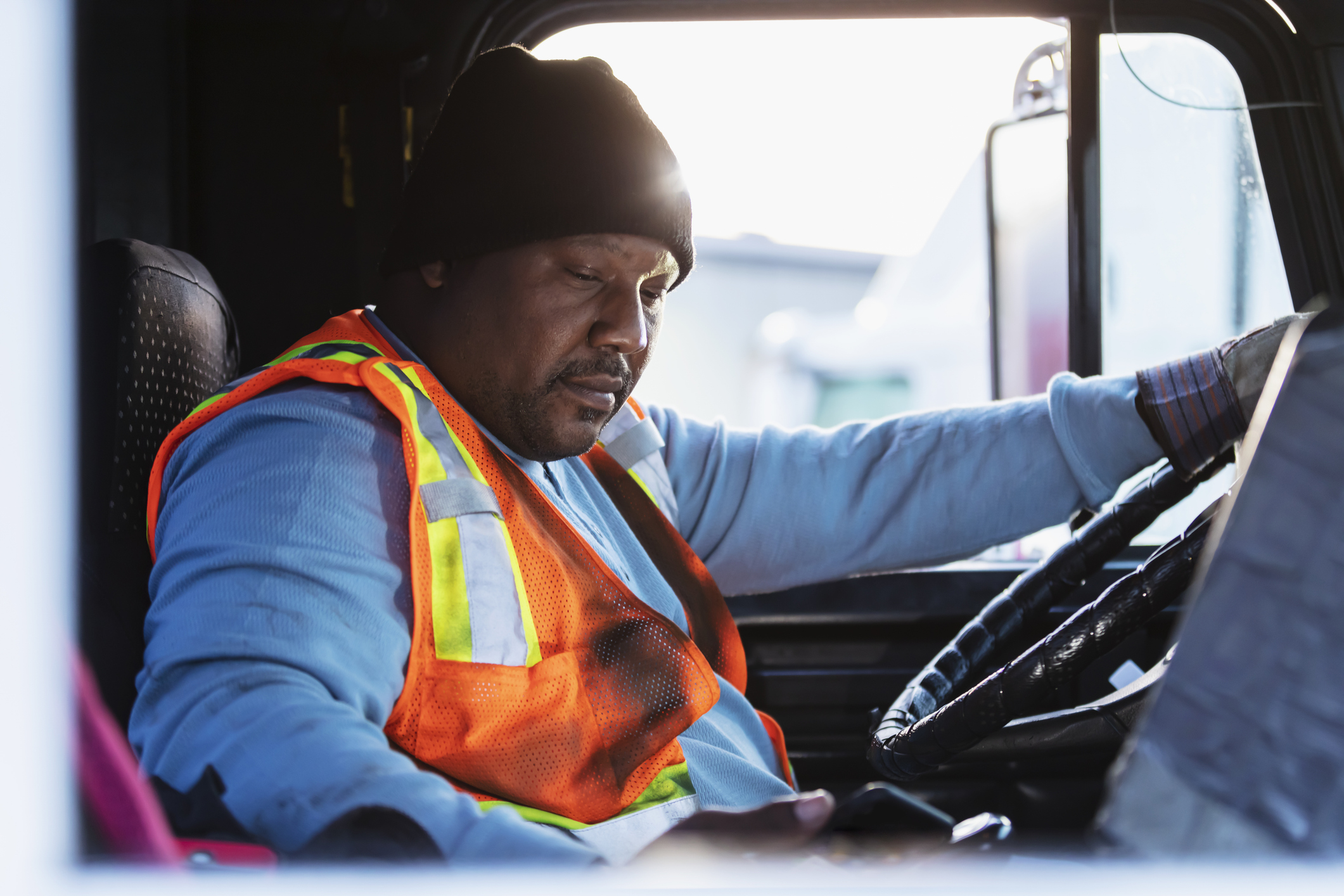How to Communicate With Truck Drivers During the COVID-19 Pandemic

While the COVID-19 global pandemic has many of us working from home and sheltering in place, the reality for truck drivers is very different.
Drivers have always been at the core of our economy, delivering what we need to the locations where we need it, and that fact is truer now than ever before. While many of us are able to practice social distancing, they’re on the road, traveling from point A to point B, to ensure Americans have access to the essentials needed for daily living.
The current state of affairs has led to a renewed sense of appreciation for the work drivers are doing every day and the fact that they’re putting themselves and their health on the line.
“For the first time in potentially four decades, drivers are being seen as the knights of the highway again,” says Max Farrell, Co-Founder and CEO at WorkHound. “We know drivers are just doing their job, but it’s a job that’s making an incredible difference for all of us.”
So, knowing the vitally important role that truck drivers are playing right now, how should companies be communicating with them to ensure they have what they need? Let’s take a deeper dive.
What Truck Drivers Are Thinking
The first step in determining how to communicate with your drivers is knowing what’s on their minds in the first place. WorkHound has unique insight into what concerns and questions truck drivers are facing during this time.
Beginning in February, drivers began sharing feedback through the WorkHound tool related to COVID-19, and the amount of feedback has steadily increased ever since. In total, pandemic-related feedback accounted for more than 6 percent of all feedback in March.
The biggest and most overarching question hasn’t changed. It’s, “Does this company have my back?”
While that’s always been the question, the fears and concerns behind it are different these days. Drivers are wondering specifically about:
- Whether their company has plans for dealing with COVID-19
- Whether they will be provided with additional supplies to help protect them and sanitize equipment
- Whether their benefits will cover them in case they become ill
- Whether their workload will remain consistent
- Whether their company can help them obtain the necessities and resources they need, such as food along their route
These are concerns being heard across the board — and ones that companies need to stay in front of in order to ensure drivers feel respected and appreciated.
What Companies Can Do
Every company’s needs are unique, so individual responses to driver concerns will vary. But there are some basics that can help companies handle communication needs during this time of chaos.
First and foremost, regularly share with your team the latest information and guidelines from the Centers for Disease Control and Prevention and the World Health Organization. These recommendations are key reference points in how drivers and companies should handle issues related to sanitation, social distancing, handwashing, and other important methods of preventing the spread of illness.
Beyond this, it’s also important to put together thoughtful plans related to sanitization of trucks and other equipment, employee benefits including sick leave and hazard pay, and ensuring drivers have access to other necessities. Once those plans are in place, communicate them clearly with your entire team.
Your drivers — and everyone else, really — are looking for a voice of reassurance, so keep communications positive, helpful, relevant, proactive, and calm. You want to ensure that drivers know you are on their side and you are listening to their needs and fears.
“Most importantly, communicate empathy,” Farrell says. “Show drivers you are listening, working to get better, and that their voice matters.”
Wondering about the specific concerns and questions your drivers may have? Sign up for a free consulation to learn how we can help.
Let's Build Better Workplaces Together
Revolutionize your company culture and your worker retention rates by improving communication and engagement.
Book a Demo

